|
by Anthony R. Green Throughout classical music history, one can find examples of Black composers who have had a significant number of their works lost, such as George Bridgetower and Estelle D. Ricketts. Scores of other Black composers are handwritten and in dire need of engraving and editing (including works by Harry Lawrence Freeman, Chevalier de Saint-Georges, and Shirley Graham DuBois). Another example of the former is the solemn, surprising salon-style piano solo by L. Viola Kinney, entitled Mother's Sacrifice - a piece appropriate to feature this Women's History Month 2019. Born in Sedalia, Missouri as Lady Viola Kinney, she was one of five children to a father who was a cook and a mother who worked in the shops of the Missouri Pacific Railroad. When it was time for her to attend post secondary school, she attended an HBCU (historical Black college/university) called Western University, which was established in 1865 after the United States Civil War, and closed in 1943. Originally established as the Quindaro Freedman's School in Quindaro, Kansas, Western University was quite known for its strong music program, which included graduates such as Etta Moten Barnett (contralto) and Nora Douglas Holt (composer, and the first Black woman to earn a Masters degree in the USA). At Western University, she was a student in the harmony class, as well as a member of the choral society. Before graduating and moving back to her hometown in 1911, she participated in a composition competition in Omaha, Nebraska. The competition - the Inter-State Literary Society Original Music Contest - was held in 1908. Mother's Sacrifice was Ms. Kinney's entry, and it won second place. The first place winner was Claude Minor of Lawrence, Kansas, who was also a student in the harmony class at Western University in Quindaro, Kansas. A year after the competition, Mother's Sacrifice was published by the Twentieth Century Commercial Society of Western University. This work was published when Ms. Kinney was still a student, and this publishing company released works by Black composers. The company asked some of the students why people should purchase these published works. Ms. Kinney was among the students to answer, and you can read her answer below: Mother's Sacrifice is Ms. Kinney's only surviving work. She registered the copyrights for at least two other compositions: Show Me (1941) and Time Out for Love (1943). I wonder if there has been any work to republish the music distributed by the Twentieth Century Commercial Society. It seems like there is a treasure trove of music by Black composers just waiting to be seen and heard and performed by those interested in Black music. Until then, we will just have to wonder what it could have sounded like. To hear Ms. Kinney's only surviving work, check out this amazing recording by the incredible Maria Corley, who is also a composer, mainly of art song!
2 Comments
by Anthony R. Green Super late BIBA, but better late than never! This Sunday, Coro Allegro - Boston's LGBTQ+ and allied classical chorus - will present a concert entitled America/We Need To Talk. Yesterday (Thursday, March 21, 2019) I had the pleasure of attending a rehearsal for this performance, and I got the honor to meet the featured composer for this concert, Fred Onovwerosuoke, more lovingly referred to as FredO! Along with William Grant Still's seminal work "And They Lynched Him on a Tree", the concert will feature two works by FredO : "Caprice for piano and orchestra", and the world premiere of "A Triptych of American Voices: a Cantata for the People". All of the works contain subtle and bold power, all from diverse approaches. Additionally, the concert is a celebration of Blackness and HUMANITY in a way that is honest, as opposed to a manner that seems like the organization is just ticking boxes. Castle of our Skins artistic director Ashleigh Gordon is playing viola in the upcoming performance. Her presence and artistry synergistically blends with the sound and artistry of the orchestra and the singers of Coro Allegro, under the baton of David Hodgekins. As I entered the back room and met FredO for the first time, I could feel the warmth and light eminating from this nice, gentle man. He is truly a gift to humanity, and has important messages to tell from his heart with words and from the depth of his soul through his music.
Recently, Ms. Yoshi Campbell - singer and blogger with Coro Allegro - interviewed FredO for the Coro Allegro Blog. In this interview, FredO describes his new cantata as so: The entire work is designed as a partnership of voices and musicians sharing aspects of one grand song. It is a commentary on the contemporary American political climate, of a people seemingly entrapped in ongoing, unrelenting and partisan tribal political discourse, of a people who indeed “know why the caged bird sings.” You can hear it right from the leitmotif first uttered by the flute in the overture. You can read the entire interview HERE and watch a promotional video HERE! Congratulations, FredO and Coro Allegro!! If you go: Sunday, March 24, 2019 Sanders Theater (Harvard University Campus), 3PM More info and buy tix ($15 - $65): HERE! Today's BIBA is a feature of an incredibly gifted, young composer: Brittany J. Green! Ms. Green's music and research includes technological interests and creating musical spaces that focus on the "intersection between sound, movement, and text." Her work has been presented at the 2019 SCI National Conference, NYCEMF, the BGSU Graduate Conference, the West Fork New Music Festival, the Darkwater Women in Music Festival, and the Intersection@Art and Science Symposium at East Carolina University, among others. Ms. Green has recently announced she will be pursuing a PhD in Composition at Duke University this fall! Congratulations on this recent announcement and best wishes!! BIBA : How did you get into this crazy world of contemporary classical composition?
BJG : I have always been a curious person and I’ve always had an interest in creative expression. As a beginner musician, I immediately took interest in not only learning my instrument, but writing for it. My interest in composition really sparked once I reached high school. At that point, composing and arranging became a regular part of my musical practice. My band director would often allow me to write and arrange pieces for the band to play. Having feedback and validation at such a young age, I think, was important and gave me the foundation and confidence to continue to compose and share my work. I’ve been fortunate to have wonderful teachers, mentors, and support along the way, which I think has helped me walk into the contemporary classical space and feel comfortable sharing my voice. BIBA : What are some of the challenges you have faced or are still facing as your career emerges? BJG : My academic and professional experiences have been inclusive and uplifting thus far, which gives me hope that there is potential for true equity throughout the classical music field as a whole. There are a few glaring issues, however, that I feel need to be addressed immediately before this can happen. One of which is the issue of representation. I think it is unacceptable that Black composers are not integrated in music education, aside from conversations about Jazz and Spirituals. We are not afforded the same privilege of versatility as our non-Black counterparts, and I think this is a true disservice to all students. There are a plethora of engaging, complex, and expansive pieces composed by highly accomplished Black composers that lend themselves to important dialogue about contemporary music and the intersection of race and music. These conversations are missed, to the detriment of students, when we refuse to create inclusive programs and curricula. Furthermore, we cannot address the lack of Black classical composers, conductors, and performers, without addressing the lack of Black representation in classical spaces. BIBA : You recently profiled Black composers daily for Black History Month. Which composers or what informational tidbits did you find the most fascinating in this process? BJG : It has been great learning and sharing that there are and have been many, many prolific Black composers in each musical era, writing in any and every aesthetic you can think of. Black composers have not only existed, but have shaped the history of classical music. Black composers are accomplished, winning Pulitzer, Rome, and ASCAP prizes as well as distinguished grants and fellowships like the Fulbright, Guggenheim, and NEA. Black composers write jazz, spirituals, and commercial music, but they also write sound art and music that is neoclassical, experimental, electro-acoustic, interactive, performative—you name it! I’m glad to play a part, even if it’s small, in showing the world how talented we are and amplifying the voices of these wonderful composers! My hope is that projects like these inspire classical musicians and music educators to program, research, and present more composers of color in the recital hall and the classroom. I’ve also learned about a few new composers that I wasn’t familiar with before and I look forward to continuing to explore their music. BIBA : What are some of your upcoming projects? BJG : This spring is rather busy for me with quite a few upcoming projects and presentations. I am currently working as a teaching artist at Wahl-Coates School of the Arts in Greenville, NC as a part of the inaugural Young Composers Program in Pitt County, NC. The Young Composers Program synthesizes music, science, math, problem solving, team building, technology, creativity, and critical thinking. Students work together to compose a piece of music, thinking creatively about melody, harmony, rhythm, mood, texture, timbre, instrumentation, and form. The program also offers an introductory coding course where students explore Max/MSP and Scratch programming languages in collaboration with Arduino, Leap Motion, and midi controllers to design digital musical instruments and create computer applications for music. In terms of new music, I just completed a work for classical guitar and electronics for the Margins Guitar Collective. We are looking to premiere that work Spring 2019 in Athens, GA. I will also be presenting research on the work of Jennifer Higdon in early March at the Darkwater Women in Music Festival and my piano suite, Portraits will be performed at the 2019 Society of Composers National Conference. Lastly, I have been working on a virtual reality installation piece, The Sound of Color, that generates 3D visuals based on sound frequencies, timbre, articulation, and dynamics. BIBA : I give you the commission of a lifetime, and it is without restrictions. What piece would you create? What forces? Duration? etc ... BJG : I have always been fascinated with the intersection of movement, sound and text. I would love to compose an electro-acoustic piece for Pierrot Ensemble, dancers, statues, and live electronics that explores fixation and fluidity. The piece would feature dancers interacting with statues, with the movement of the dancers generating sound and triggering live sound processing. The interaction between the dancers and the statues would dilute the boundary of still and moving, with the dancers changing the audience’s perception of the stillness of the statues, and at times appearing as continuations of the statues. Similarly, the sound generated from the dancers would then interact with stagnant and pulsating gestures performed by the Pierrot Ensemble. These two sound worlds would weave in and out of one another, changing the perception of the stagnant sounds and at times converging to create a singular sound mass. The piece would be approximately 30 minutes long, broken into several movements, to be experienced by the audience as if they were at an exhibition, moving from one visual art piece to the next. Each movement would be performed in a different room one after the next, with the instrumental performers only visible in the last room/last movement, but audible in all the rooms/movements. ---- Check out Brittany J. Green's website HERE, and follow her on social media! See below: Soundcloud: (Brittany J. Green) https://soundcloud.com/brittany-green-381873684 YouTube: (Brittany J. Green) https://www.youtube.com/channel/UCpahQl5t2bZ23KA3jhmvcgg Facebook: www.facebook.com/greenb Instagram: @brittanyjgreenmusic by Anthony R. Green It is March! You know what that means - it is time to celebrate women (or womyn)! Castle of our Skins organically and purposefully does this year-round through its diverse programming, staffing of organization and boards, collaborations with artists of various practices, BIBA Blog posts, and commissions. Our strongest example of this celebration to date is our New Music USA awarded project Ain't I a Woman?, which featured music all by Black women composers, featured women musicians (as well as male), women business owners, and a frequent collaborater L'Merchie Frazier. Castle of our Skins is also proud to work with the winners of its latest call for proposals! Celebrating women, just like celebrating the achievements of Black people, should and must happen constantly. However, if those celebrations happen to amplify at certain times of the year because of proclamations and sundry, then let's honor the work that people did to enact those special recognitions as well. With that stated, let's examine the history of Women's History Month a bit. In 1980, a group of women's history activists decided to form an organization called the National Women's History Project (NWHP). As a reminder, the landscape for women in 1980 - only 39 years ago - was quite deplorable. In textbooks, women occupied only 3% of the content. Young girls and young women had few role models. Youth and children (all genders) generally assumed that women generally did nothing, and their role in history was minimal. Wanting to change this, the NWHP grouped and strategized. Meanwhile, even though the first Internation Women's Day was in 1911, the late 70s saw a surge in Women's History Week celebrations, with a notable conference organzied by Gerda Lerner in 1979. This momentum culminated in President Jimmy Carter (Democrat) issued a proclamation declaring the first official National Women's History Week in March of 1980, the year that the NWHP was founded.
Seven years later, banking on the momentum of certain areas of the USA turning their week-long celebrations into month-long celebrations (by 1986, 14 states were celebrating Women's History Month in March), the NWHP petitioned congress to pass a statute designating March as the official Women's History Month. Further work was done that encouraged the president every year to proclaim this recognition in March. From 1988 to the present, these yearly proclamations have been issued. Of particular note, in 2011, the administration of President Barack Obama (Democrat) issued a report entitled Women in America: Indicators of Social and Economic Well-Being. This report was the first report of its kind issued after the 1963 federal report produced by the Commission on the Status of Women, when John F. Kennedy (Democrat, assassinated) was president. March is a time to celebrate women. Hopefully all of these celebrations will lead to greater equality, glass ceilings being shattered, and certain men (and women) stepping off of their high horses. Until then, let's continue to DO THE WORK!!! |
Details
Writings, musings, photos, links, and videos about Black Artistry of ALL varieties!
Feel free to drop a comment or suggestion for posts! Archives
May 2024
|
Member Login
Black concert series and educational programs in Boston and beyond
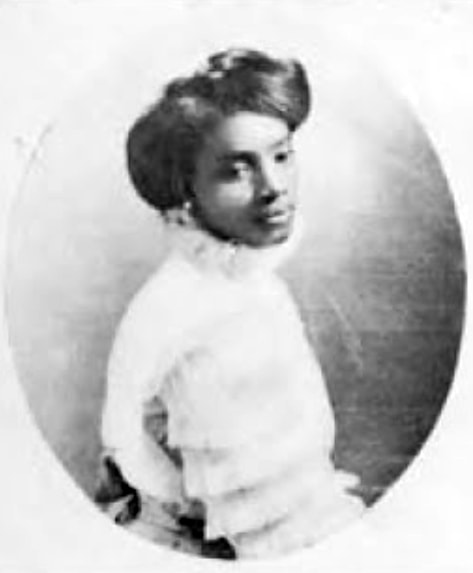
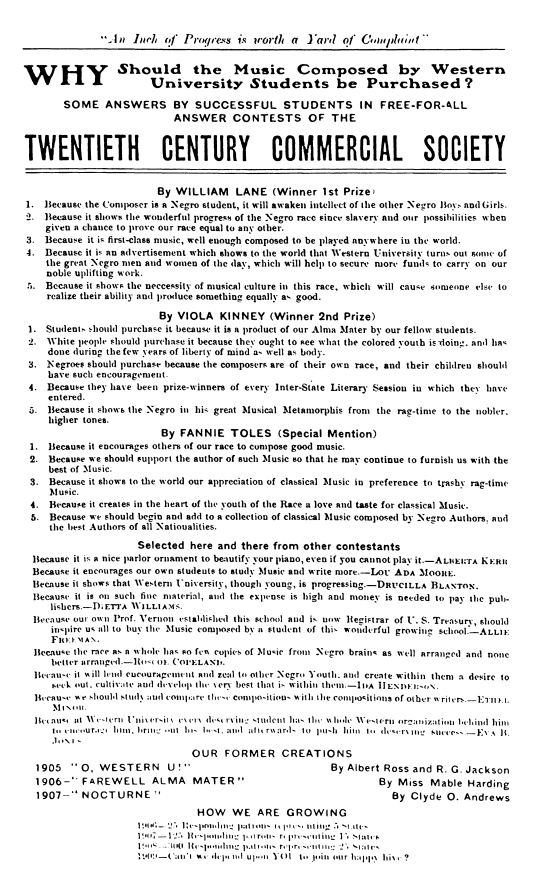
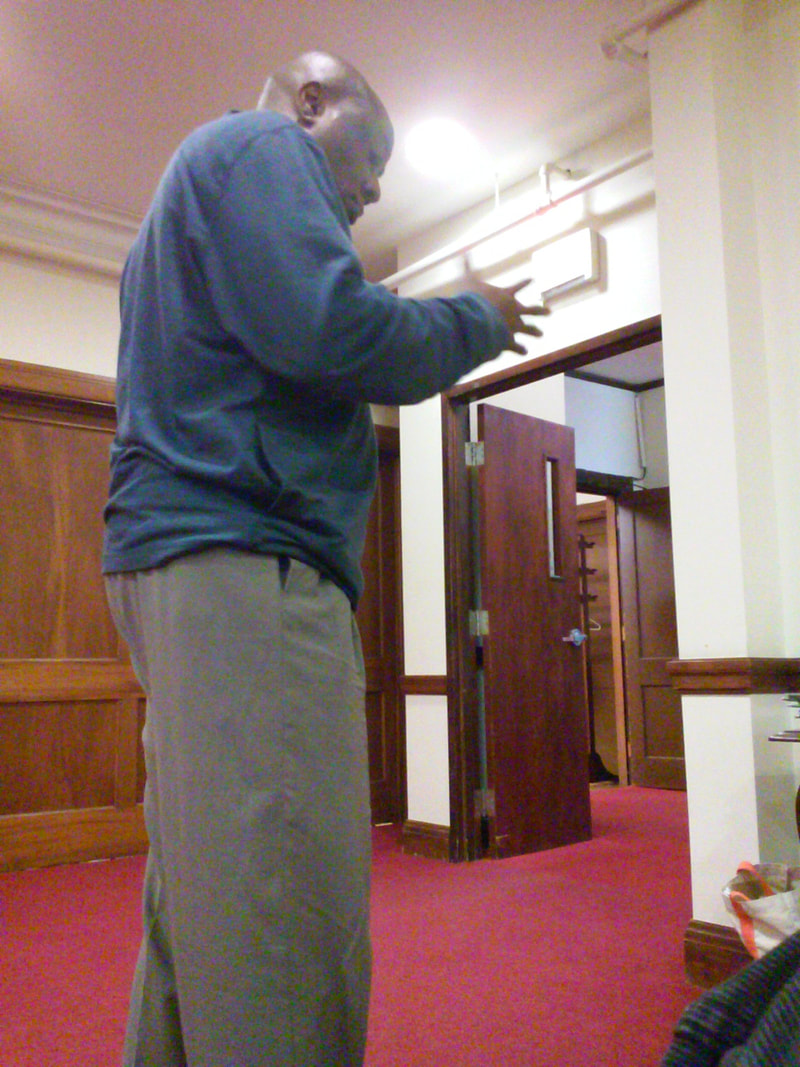
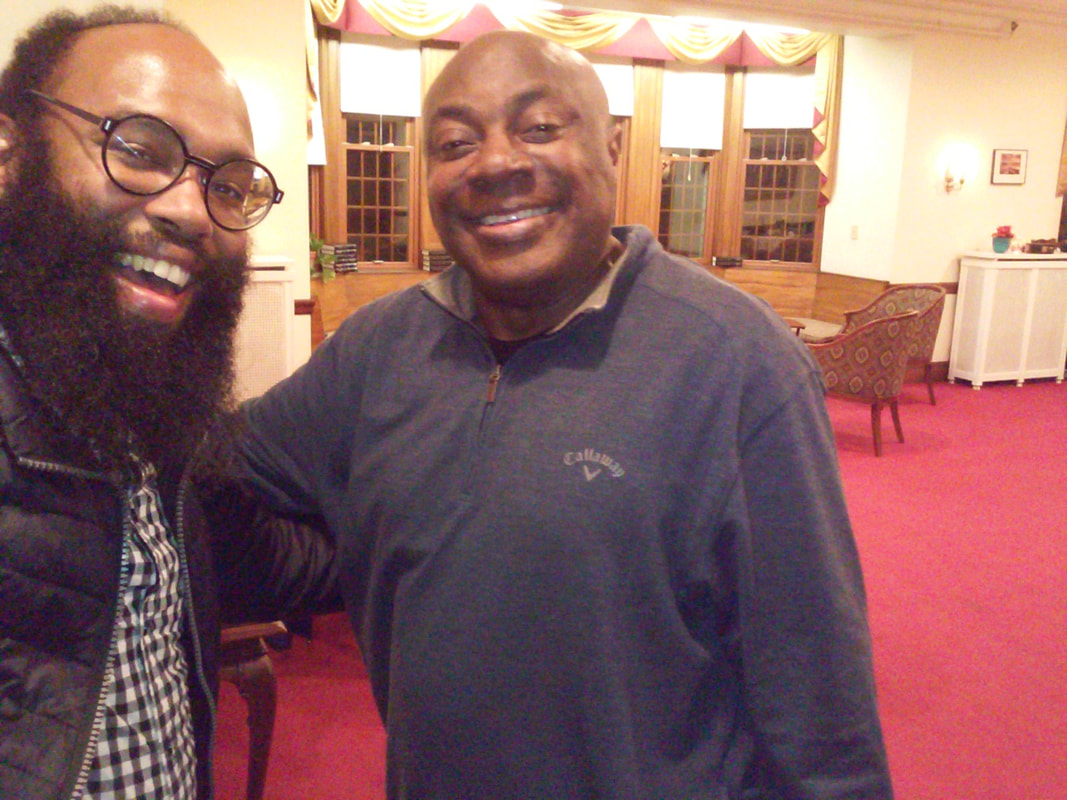
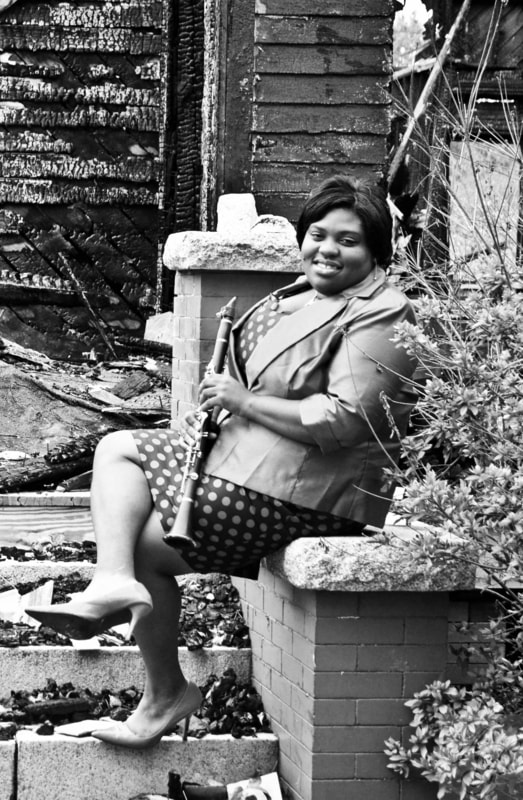
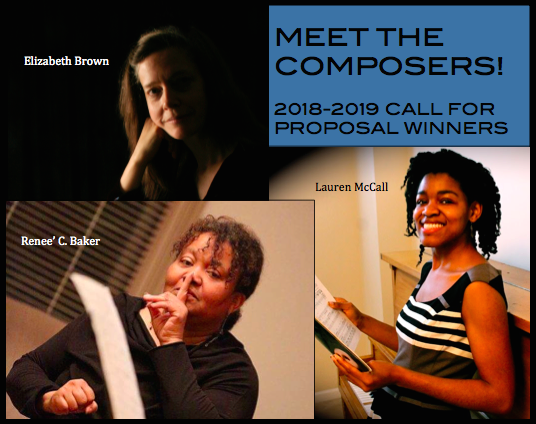

 RSS Feed
RSS Feed










